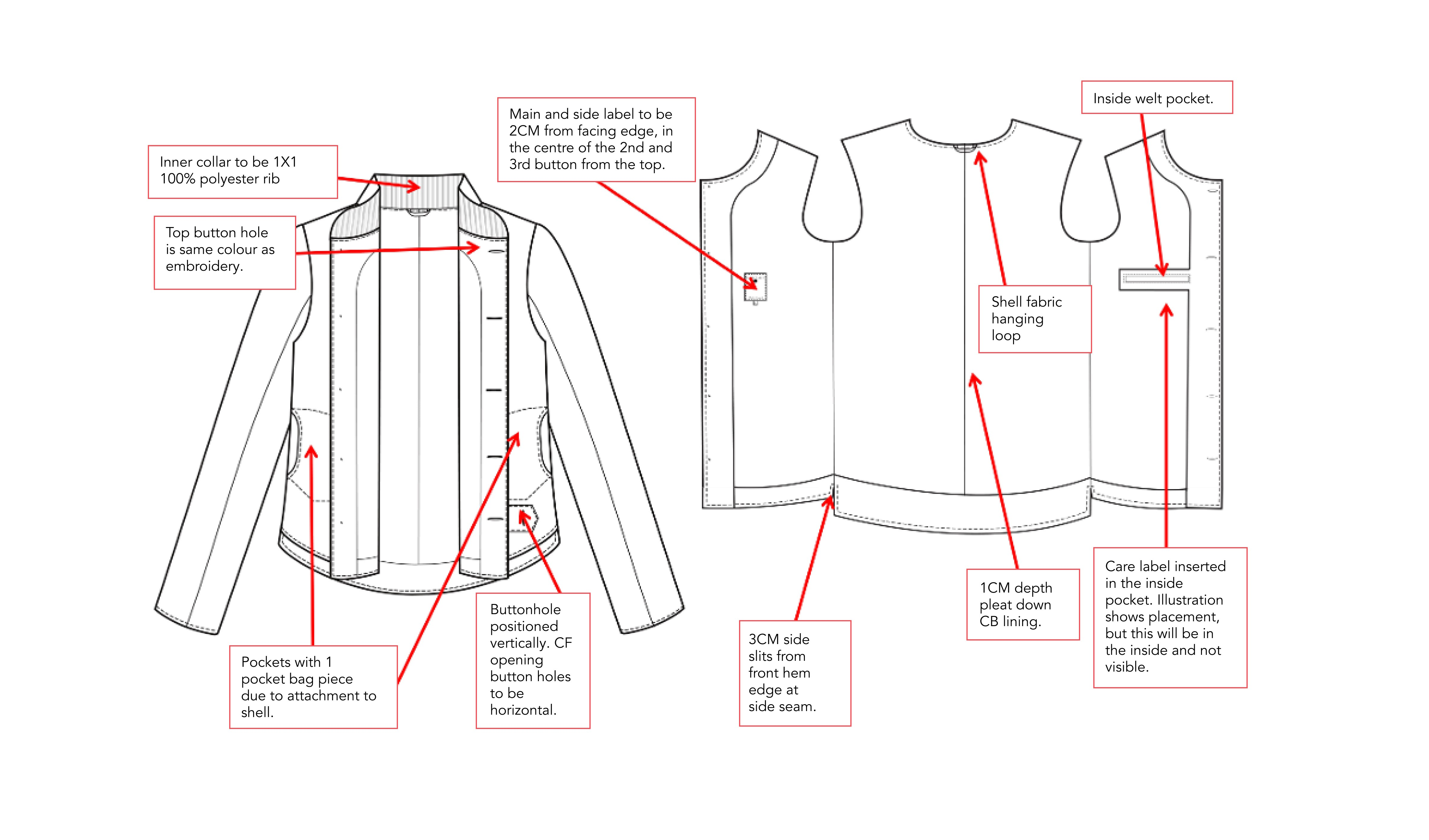We are looking at pattern grading and how you can use it to your advantage within the fashion industry. The blog below will also look at the different methods of pattern grading and which one might be best for you and your business.
After you have created your base size pattern, which is adjusted to fit perfectly. You then use what’s called pattern grading, which then allows you to adjust your base size pattern to create other sizes.
There are a few different ways you can grade patterns, overall the result will be the same. It’s just the different routes to get you there, so your product will be visually pleasing. You’ll have a product range in multiple sizes so everyone can enjoy wearing the items.
What are the 3 methods of grading?
There are 3 methods of pattern grading. They are called cut and spread, pattern shifting, and computer grading. Below we are going to go through each one and how it works and you’ll find which one is best for you and your business.
Cut and spread
This is by far considered the easiest method out of the 3. This is done by cutting the pattern out and then spreading the pattern. Spreading the pattern out to grade up or down, will create the product in different sizes. The only tools you need are a ruler, pencil, measuring tape, and scissors
Pattern shifting
Similar to the above method, this is done by you moving the pattern around to a constant distance at specific points. You’ll start to redraw the outline of the pattern to produce a larger or smaller version of the pattern. This will give you the same results as the cut and spread method.
Computer grading
As technology moves us forward, this is probably the fast way to do the grading. It uses the same methods as above, but all the hard work is taken away with the ability to apply the methods above, but they are digitally done.

What’s the difference between grading a pattern and altering a pattern
There is a difference between grading and altering a pattern, as these are two unique processes. There is a formula when you grade a pattern, as every point is changed to the formula.
So the garment maintains its proportion for each size, so the fit is perfectly matched for the different pattern sizes. You can view it like you are creating the same style etc just in a bigger or smaller size.
Here is the difference when you alter a pattern, as only some parts of the pattern are changed and not all of them. This then creates a whole new product as the same fit and proportions haven’t been maintained.
This is a new size or a custom size. A great example of this would be if the shoulder width was to stay the same, but the bust circumfluence was adjusted to a bigger size. This has then created a whole new product with different sizes in the same pattern.
What are Grading Rules?
We now look at grading rules and what they are and how you can use grading rules. You can view a grading rule as it’s measurement which is also known as POM (point of measurement). This is when you can make the pattern larger or smaller.
This is to ensure that a garment has an overall good fit. So it really doesn’t matter what size you are, you’ll be able to wear this style and design of garment.
As an example, say the difference between the POM grades is 1-2 inches. So when you have sized an M garment, but you want to make the same garment to an L. As the POM grades movement between the sizes you’ll find that for an L you might have to add 2 inches onto the chest to make it fit correctly for someone wanting to wear an L size.

Grading group is basically all the graded increments under one collection for each garment. This is set out, so the pattern has all the desired size specifications for each size of the garment.
Each grading group has a vast collection of products and types of grades for each one. An example, if you looked at a grading group, Then you’ll find that knitted pair of socks will, of course, be different from a woven pair of socks even if the style is the same.
The Best way to create grade rules and grade specs
When you look at creating clothing for mass production, you will need to use a bespoke grading system for that garment. Some of the key factors you need to look at are style preferences, age range, and garment use.
You also have to look at the overall position of the brand within the current market and the age of the brand’s customers.
Adopting to using the bespoke grading rule system, this gives you a wider exposure within the size spectrum. This means that customers get the standard fit for their size, reducing returns on products that don’t fit properly.
If you are going down the route of creating custom-made products, then perhaps a unique grading rules system is something that should appeal to you more.